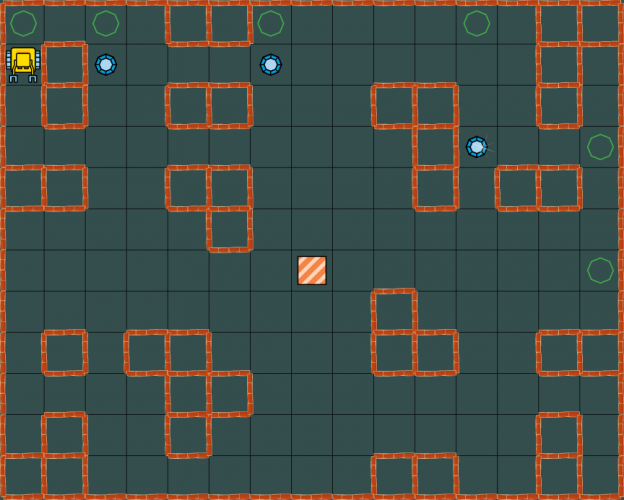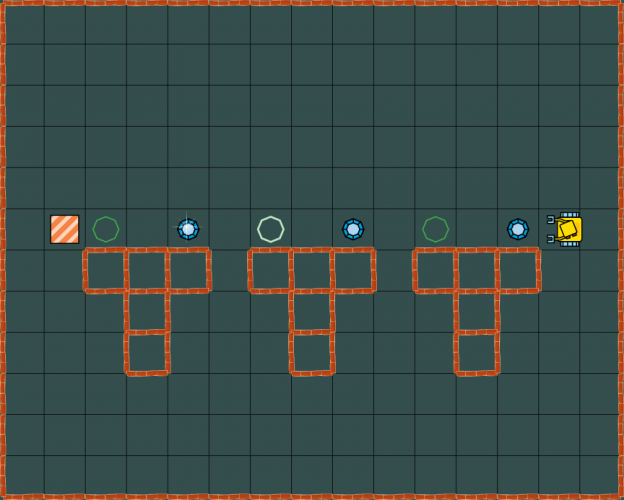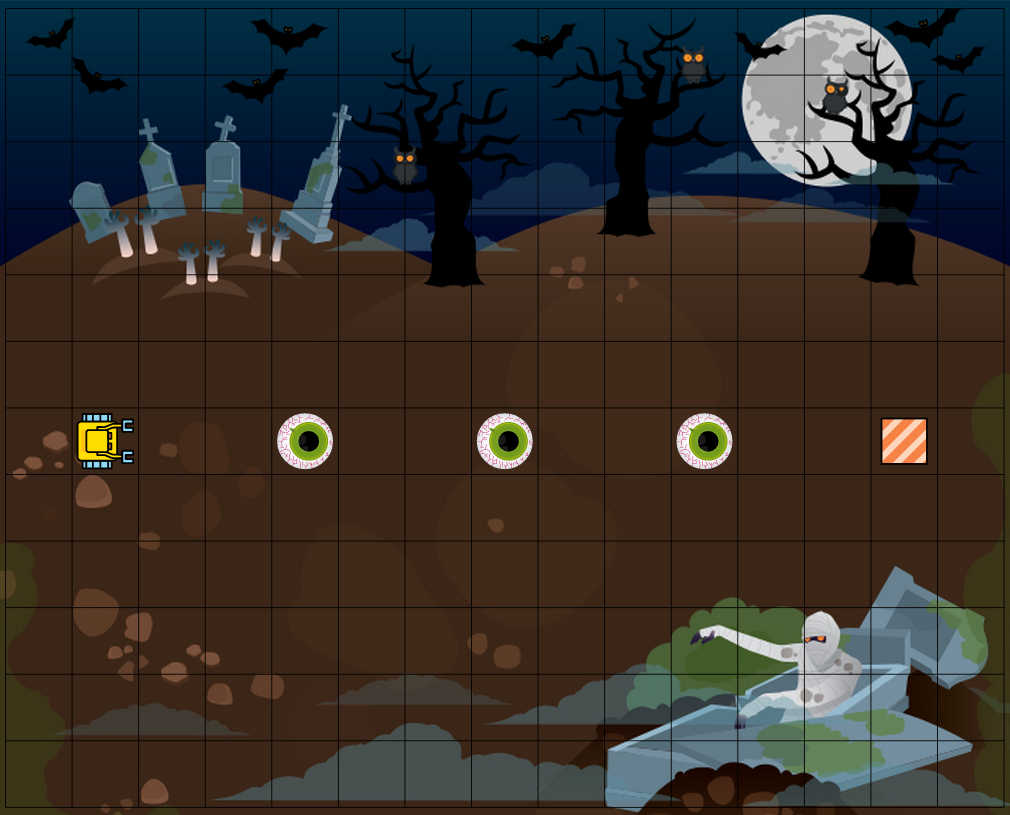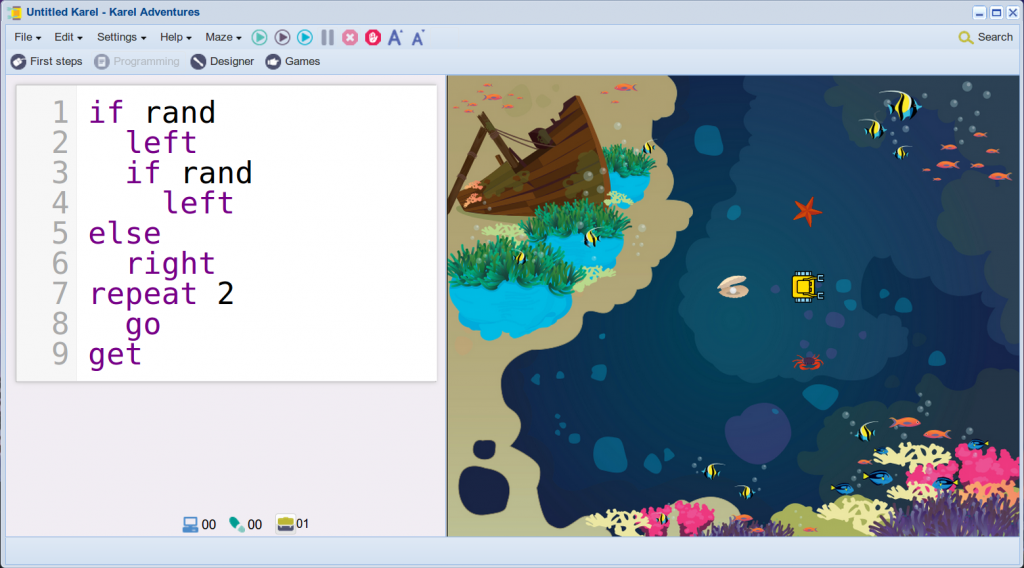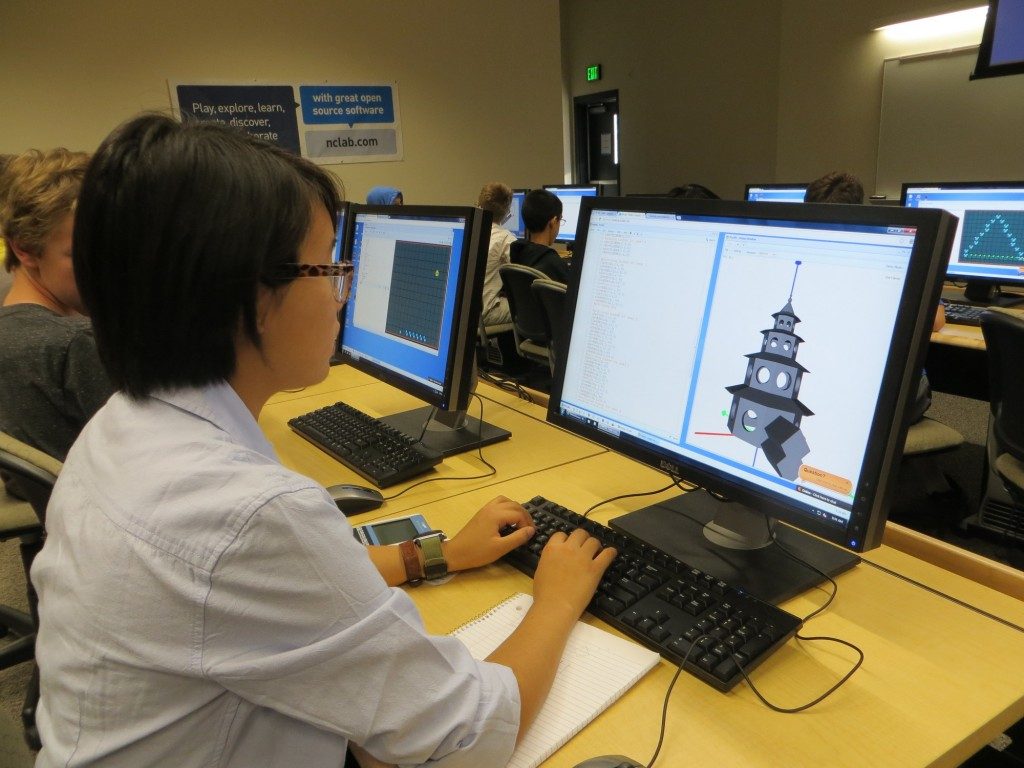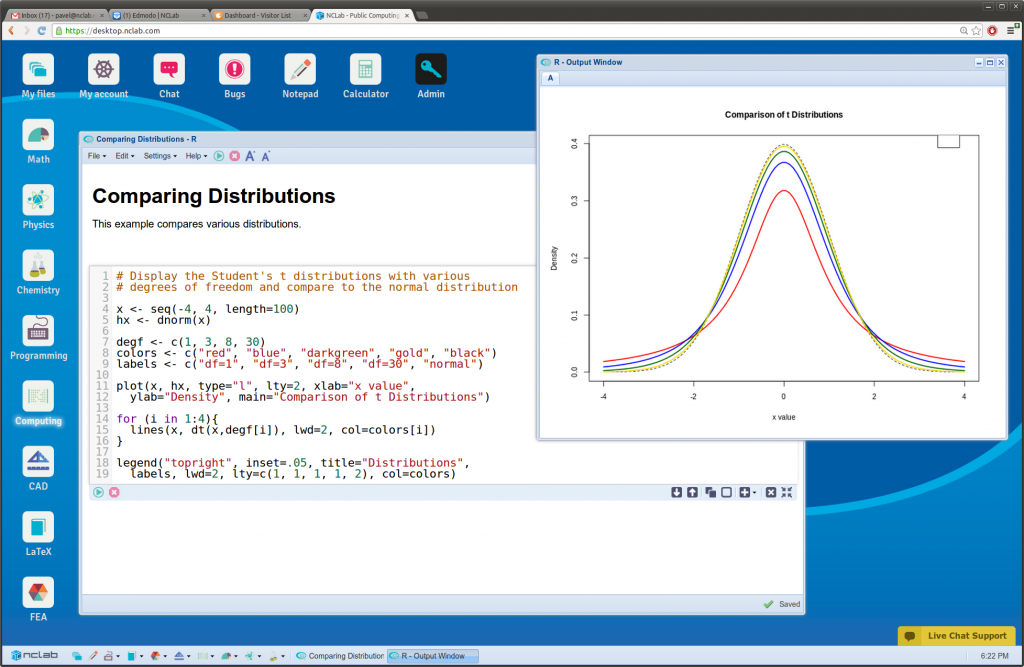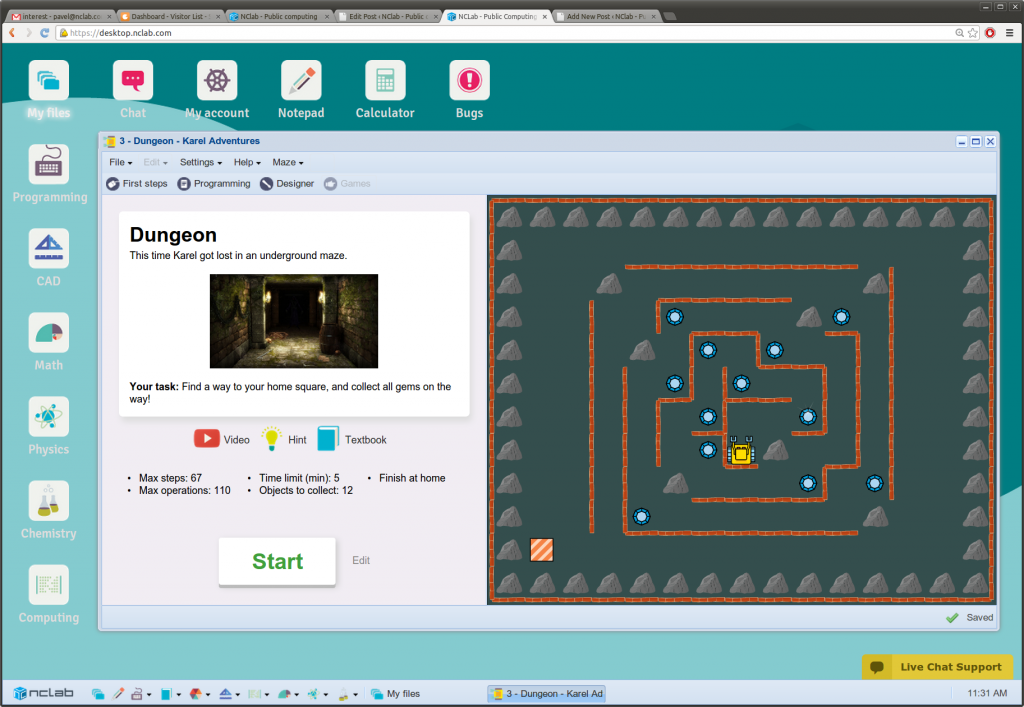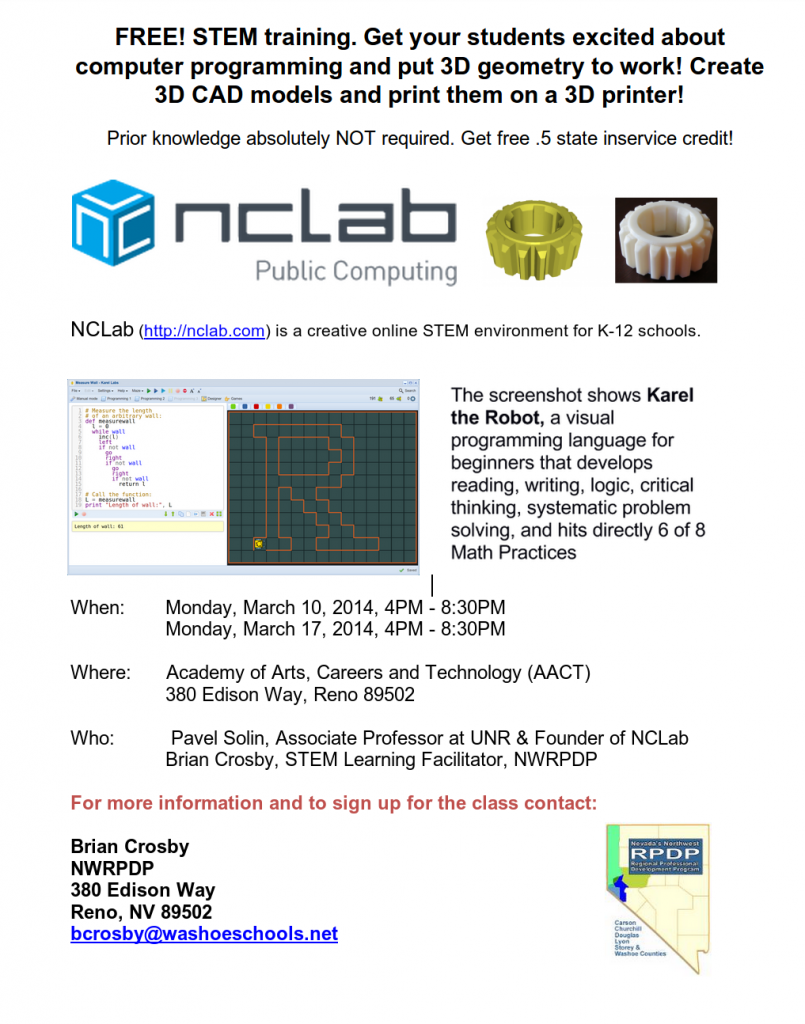What It Means Get ready for the words contextualize and decontextualize. If students have a problem, they should be able to break it apart and show it symbolically, with pictures, or in any way other than the standard algorithm. Conversely, if students are working a problem, they should be able to apply the “math work”
Karel #2: Reason Abstractly and Quantitatively
